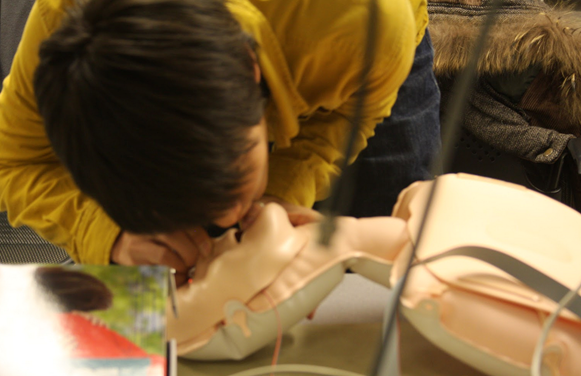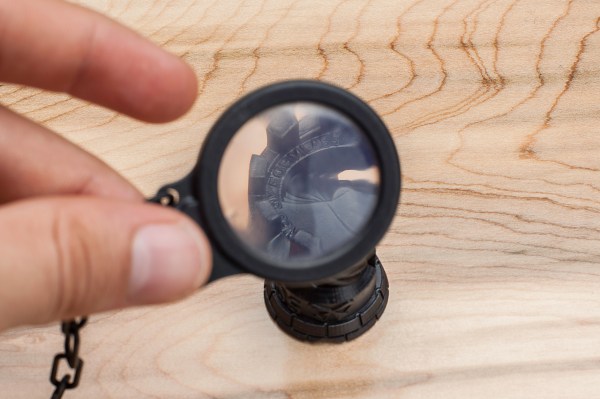Some people really like eating specific M&M colors… You could spend hours sorting your packs of M&M’s into color specific piles, or you could build a machine to do it for you.
That’s exactly what [ReviewMyLife] decided to do, and it’s quite impressive! He’s using a rotating hopper to release M&M’s into a chute one-by-one, and then an iPhone to perform color recognition as the M&M falls past it. That information is then communicated over Bluetooth to the Arduino which actuates a high-speed electromagnetic gate to force the M&M down the right chute for sorting.
The machine works surprisingly well for a prototype that was hot glued together out of foam board, but fear not, he plans to upgrade it now that the proof of concept has been confirmed. He’s hoping to get rid of the iPhone and replace it with a Raspberry Pi for starters, 3D print some of the parts, and consolidate its power supply. Currently he’s using three separate supplies to power the Arduino, electromagnets, and the hopper motor — not very efficient!
Continue reading “Hate Blue M&M’s? Sort Them Using The Power Of An IPhone!”


















